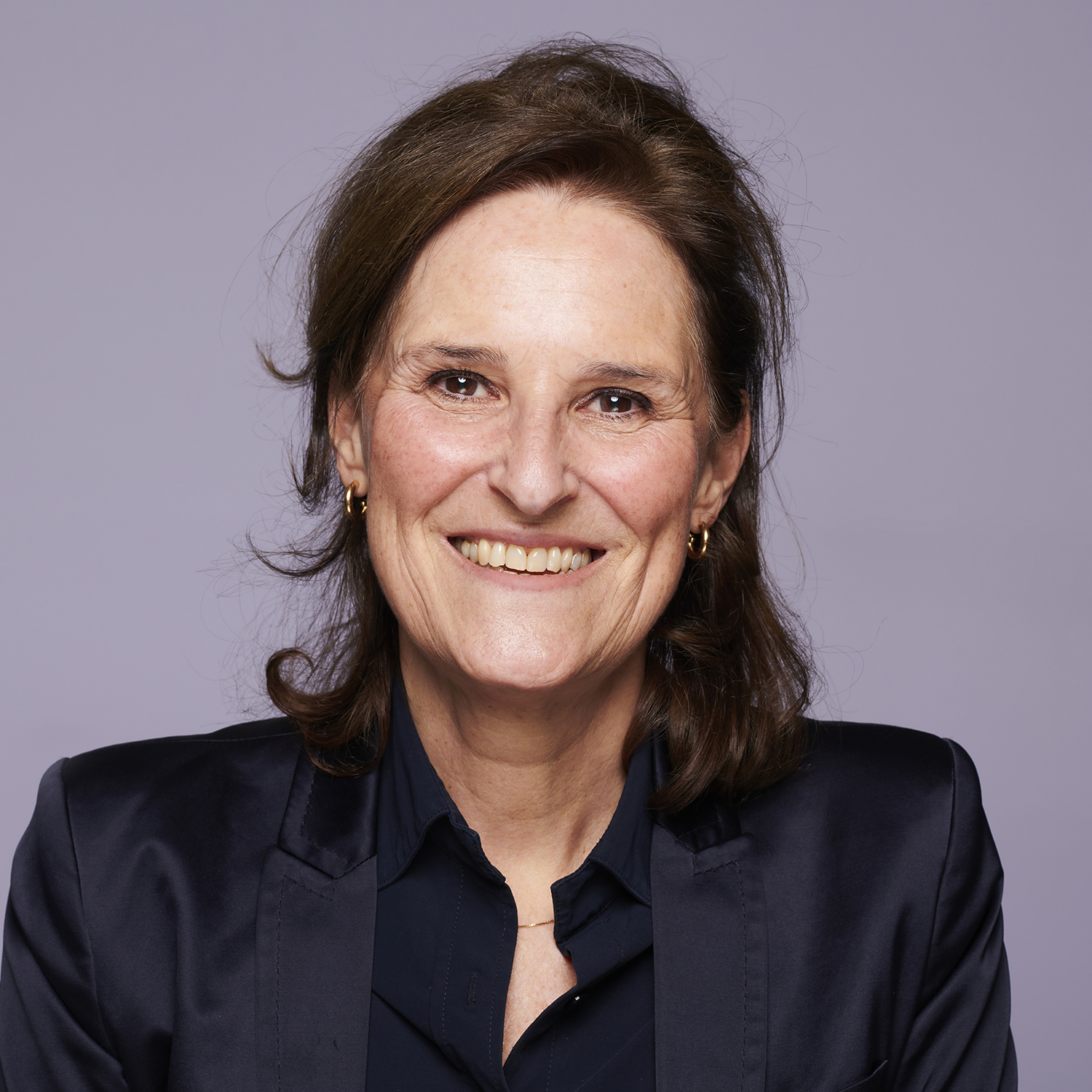Being future-proof: The strategic benefits of CSRD

The double materiality analysis, a core part of CSRD, forces companies to identify the impact they have on their environment and vice versa. By looking through the lens of ESG and include risks and opportunities early in the process, surprises can be avoided and opportunities can be capitalized, say Wouter de Waart and Eleonoor Hintzen of Rebel.
As of this year, the very largest companies are required to report their social impact, in accordance with the European Union’s Corporate Sustainability Reporting Directive (CSRD). Although smaller companies are not required to comply with the directive yet, they have every interest in preparing for the coming legislation. After all, what’s required for some value chain partners will come around to others one way or the other (for example because listed companies require their suppliers to provide information related to the CSRD)
‘For a very large group of companies, CSRD is primarily a must anyway,’ observes Rebel Wouter de Waart, who deals with circular issues. In practice, preparing reports is an expensive and time-consuming process. There is a risk, says De Waart, that with the advent of CSRD, accountants and lawyers will start ticking boxes without the company getting around to strategy.
But CSRD is precisely the opportunity for companies to think about the long term and identify the risks and opportunities of impact, says Eleonoor Hintzen of Rebel Transition Management: ‘To me, CSRD has a very positive interpretation. It is no longer just about the impact a company has on the rest of the world, but also the other way around: what is the impact from (developments in) the outside world on your company?’
Opportunities and threats
It is this so-called double materiality analysis – a means of identifying relevant sustainability themes – that provides opportunities to define an effective long-term strategy, the two say. Hintzen: “Until now, the focus has been on the company’s direct impact, such as energy consumption or the amount of CO2 emissions, while the opportunities and threats remain out of the picture.
A missed opportunity says Hintzen: ‘Think of a potato manufacturer that observes a change in its margins, because of crop failures due to climate change. Or take a company that produces a lot of waste, without thinking about how they can reuse it. These things have a direct impact on the business model.’
Rebel deliberately takes a different approach. The long-term strategy is the starting point. Hintzen: “We start the conversation by showing that CSRD is not a burden or a box to be ticked, but the perfect opportunity for a well-considered long-term strategy. In the projects we have done so far, the eyes of several managers and CEO’s have lit up when seeing the business opportunities, even if they didn’t see the point in the beginning.’
Rebel determines the current impact and maps the opportunities and risks of social changes. It calculates scenarios and lays down long-term ambitions. Hintzen: “With dashboards, we give direct insight into the company’s impact on society, but we also show the financial consequences if circumstances change. For example, Rebel created impact dashboards for several Dutch mushroom processors, providing quick and concrete insight into current and future impact, the results of which can be used directly in CSRD reporting.

Schematic representation of the steps to get from a sustainable vision, through strategy to action and report under Rebel’s guidance.
Adding value
CSRD is also precisely about adding value, say the two Rebels. Once the leadership of the companies they advise begins to see that, the “have to” turns into “want to,” De Waart and Hintzen note.
Rebel advised OLX, an international network of online platforms for secondhand goods, on their impact.
De Waart: “When it comes to sustainability, OLX is already doing a lot right. They extend the life of various products: phones, cars, furniture, and motorcycles. Over the past four years, we’ve helped make their impact transparent by showing exactly how much CO2, water, and material was saved.’
When OLX decided to issue an integrated report (financial and social), Rebel helped identify which ESG themes matter to OLX. Says Hintzen, “We worked with the company’s top management to look at the potential positive and negative impacts on operations: from stricter legislation to new markets and innovative products. You could see the interest growing among the leadership. People within the organization responsible for commerce and operations also realized how essential it is to look at the company’s future with ESG glasses on.’
Sustainable progress
The CSRD process, which includes a large role for stakeholders, forces departments throughout the company to think about the future, says De Waart: “Companies want to make a profit in the short term, but it is more and more important to start asking yourselves the question if you still exist in the future? Do you still add value, and in what way? Ultimately, the CSRD helps people communicate and understand impact in the same language, so we can mitigate it more easily.’
Hintzen: “By showing that CSRD delivers value at the business level, strategic opportunities arise and companies can move forward sustainably.”

